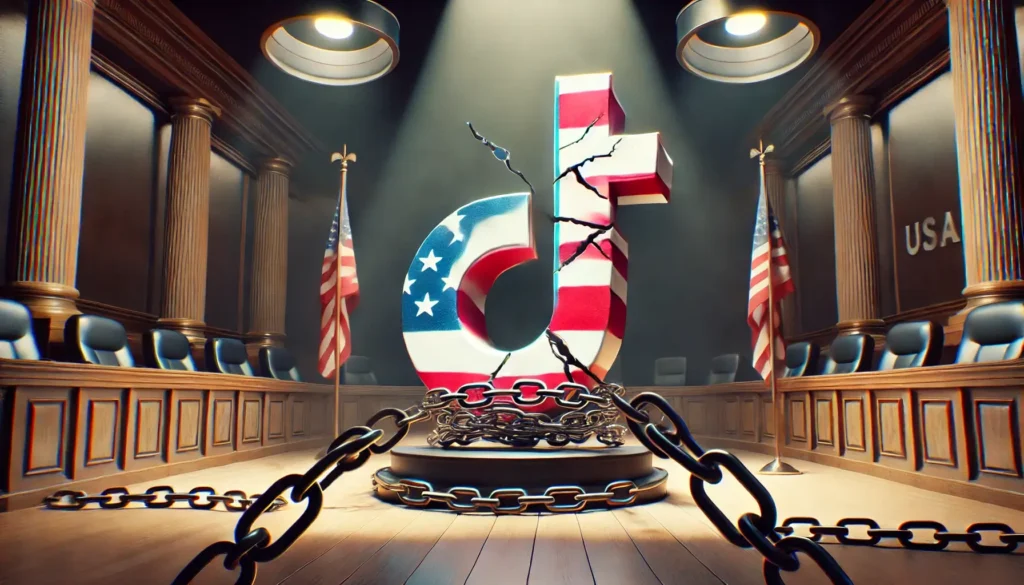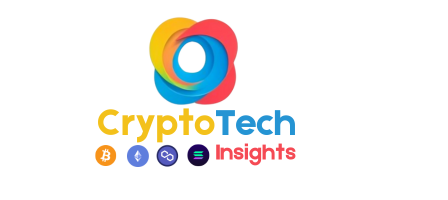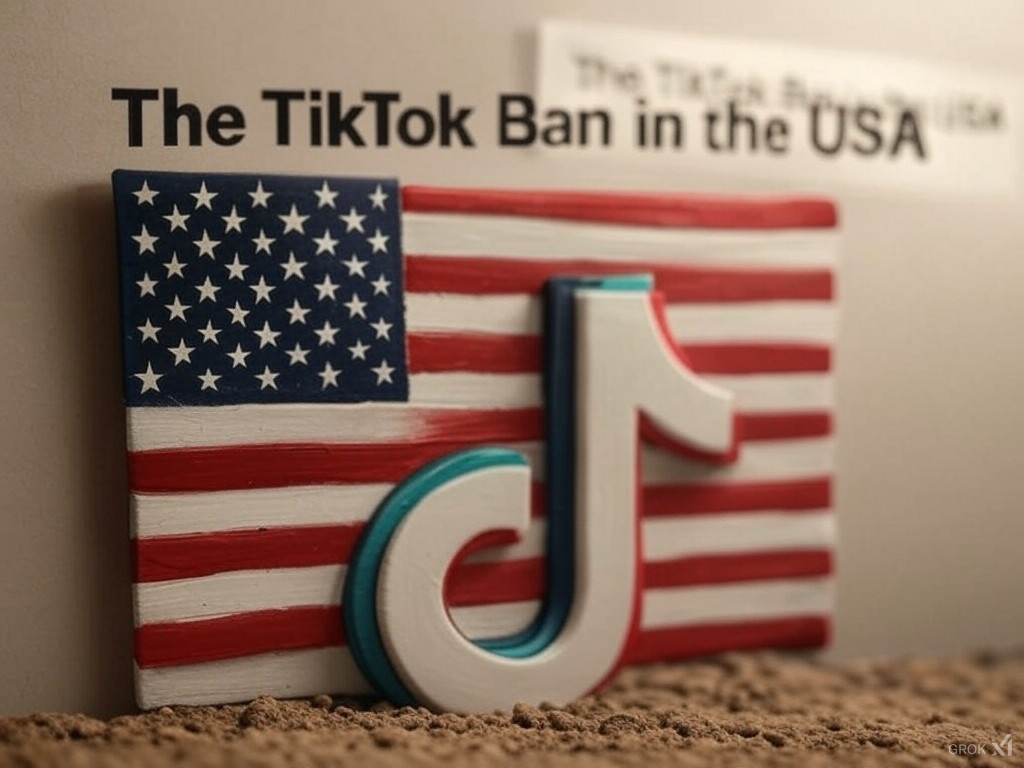The TikTok Ban in the USA: Navigating Through Policy, Privacy, and Politics
Table of Contents
In a move that has sent ripples through social media circles and beyond, the United States officially enacted a ban on TikTok on January 19, 2025, following months of legislative and judicial back-and-forth. Here’s a detailed look at how we got here, what it means for users and the potential future of this cultural phenomenon in the U.S.
The Path to the Veto
The seeds for the TikTok ban in the USA were sown in April 2024 when Congress passed the Protecting Americans from Foreign Adversary Controlled Applications Act (PAFACA). This legislation was driven by concerns over national security, with fears that ByteDance, TikTok’s China-based parent company, could be compelled by the Chinese government to misuse American user data or influence public discourse. The law gave ByteDance a strict deadline: divest TikTok’s U.S. operations or face a ban.
Despite ByteDance’s efforts to challenge the law, arguing it infringed on free speech rights, the Supreme Court unanimously upheld PAFACA on January 17, 2025. The justices acknowledged the national security implications but left a door ajar for political intervention, hinting that the incoming administration could influence the ban’s enforcement.
The Day TikTok Went Dark in the U.S.
On the night of January 18, 2025, U.S. TikTok users encountered a stark message upon trying to access the app: “Sorry, TikTok isn’t available right now.” This blackout was a preemptive move by TikTok to comply with the ban, preventing legal repercussions for service providers like Apple and Google, who were also required to remove the app from their stores. Existing installations of the app became functionally obsolete, unable to receive updates or new content.
A Political Twist
Enter Donald Trump, the incoming president who had previously tried to ban TikTok during his first term in office but has since reversed his stance. Trump, recognizing TikTok’s popularity among young voters, hinted at a possible reprieve. He suggested he might issue an executive order to extend the ban’s deadline by 90 days if ByteDance showed significant progress towards selling TikTok to American investors. This political pivot illustrates the complex dance between policy, national security, and electoral politics.

Implications of the Ban
- Economic Repercussions: The ban impacts a vast ecosystem of content creators and small businesses that rely on TikTok for visibility and income. The sudden shift could lead to a scramble for alternative platforms, potentially benefiting competitors like Instagram Reels or YouTube Shorts.
- Cultural Impact: TikTok has been more than just an app; it’s been a cultural touchstone for Gen Z, influencing everything from music trends to political awareness. Its absence could alter how younger generations consume and interact with media.
- Data Privacy and Security: While the ban focuses on TikTok, it opens broader conversations about data privacy across all social media platforms. The U.S. action might encourage other countries to scrutinize or even ban apps from nations they consider adversarial.
- The Global Digital Landscape: This ban could signal a new era of digital nationalism, where countries increasingly control what apps and data can cross their borders, potentially fracturing the internet into regionalized segments.
Looking Ahead
The immediate future of TikTok in the U.S. remains uncertain. If Trump’s administration moves forward with an extension, ByteDance might find a buyer, potentially under stringent conditions to ensure American control over data and algorithms. Alternatively, if no sale is negotiated, TikTok might disappear from the American digital landscape, at least in its current form.
The TikTok ban is not just about a single app; it’s a litmus test for how governments globally will navigate the complex interplay of privacy, security, and the freedom of digital platforms. As we move forward, the outcomes here could set precedents for how technology, national interests, and individual rights intersect in the digital age.
FAQs on the TikTok Ban in the USA
-
Q1: Why was TikTok banned in the USA?
A: The ban on TikTok in the USA stems from the Protecting Americans from Foreign Adversary Controlled Applications Act (PAFACA), passed due to concerns about national security. The primary worry was that ByteDance, TikTok’s Chinese parent company, could share user data with the Chinese government or manipulate content to influence American users.
-
Q2: When did the TikTok ban go into effect?
A: The ban officially took effect on January 19, 2025, after the Supreme Court upheld the law on January 17, 2025.
-
Q3: Can I still use TikTok if I had it installed before the ban?
A: No, even if you installed TikTok, the app was rendered unusable after the ban. Users saw an error message when trying to access it, indicating that the service was no longer available in the U.S.
-
Q4: Is it illegal for me to use TikTok now?
A: The law doesn’t criminalize individuals for using existing installations of TikTok. However, without updates, the app would degrade over time, becoming practically unusable. New downloads or updates are prohibited under the ban.
-
Q5: Can I download TikTok from unofficial sources now?
A: While technically possible on some devices, this is risky as it could expose you to security threats from downloading apps from unverified sources. The law specifically targets app stores and service providers, not individual users.
-
Q6: How has the ban affected content creators and businesses?
A: Many content creators and small businesses that relied on TikTok for visibility and income are significantly impacted. They are now forced to pivot to other platforms, which might not offer the same level of engagement or audience reach.
-
Q7: What has been the political response to the TikTok ban?
A: Initially, there was strong bipartisan support for the ban. However, with Donald Trump’s re-election, there’s been a twist. Trump, who once sought to ban TikTok, now suggests he might support a delay to allow for a potential sale of the app, reflecting a change in political stance possibly due to TikTok’s sway among younger voters.
-
Q8: Could TikTok come back to the U.S. market?
A: Yes, there’s a possibility if ByteDance finds a buyer for TikTok’s U.S. operations that satisfies national security concerns. President Trump has indicated he might grant a 90-day extension to facilitate this process.
-
Q9: How are users reacting to the ban?
A: Reactions vary; some users have migrated to other platforms like Instagram Reels or YouTube Shorts, while others have protested by exploring VPNs or other apps like Xiaohongshu (RedNote). There’s a sense of loss among many, given TikTok’s unique community and content style.
-
Q10: What does this mean for digital privacy and security in the U.S.?
A: The TikTok ban has ignited discussions on digital privacy, highlighting how data from social media can be a national security concern. It might lead to more stringent regulations on data handling by all tech companies, not just those from adversary nations.
-
Q11: Are there any legal challenges to the ban?
A: TikTok has challenged the constitutionality of the ban, focusing on First Amendment rights. Although the Supreme Court upheld the ban, ongoing legal debates might influence future interpretations of similar laws.
-
Q12: What’s next for TikTok globally?
A: Globally, TikTok remains operational, but the U.S. ban could encourage other nations to impose similar restrictions on apps from perceived foreign threats. It might also push TikTok to strengthen its data privacy measures worldwide.

